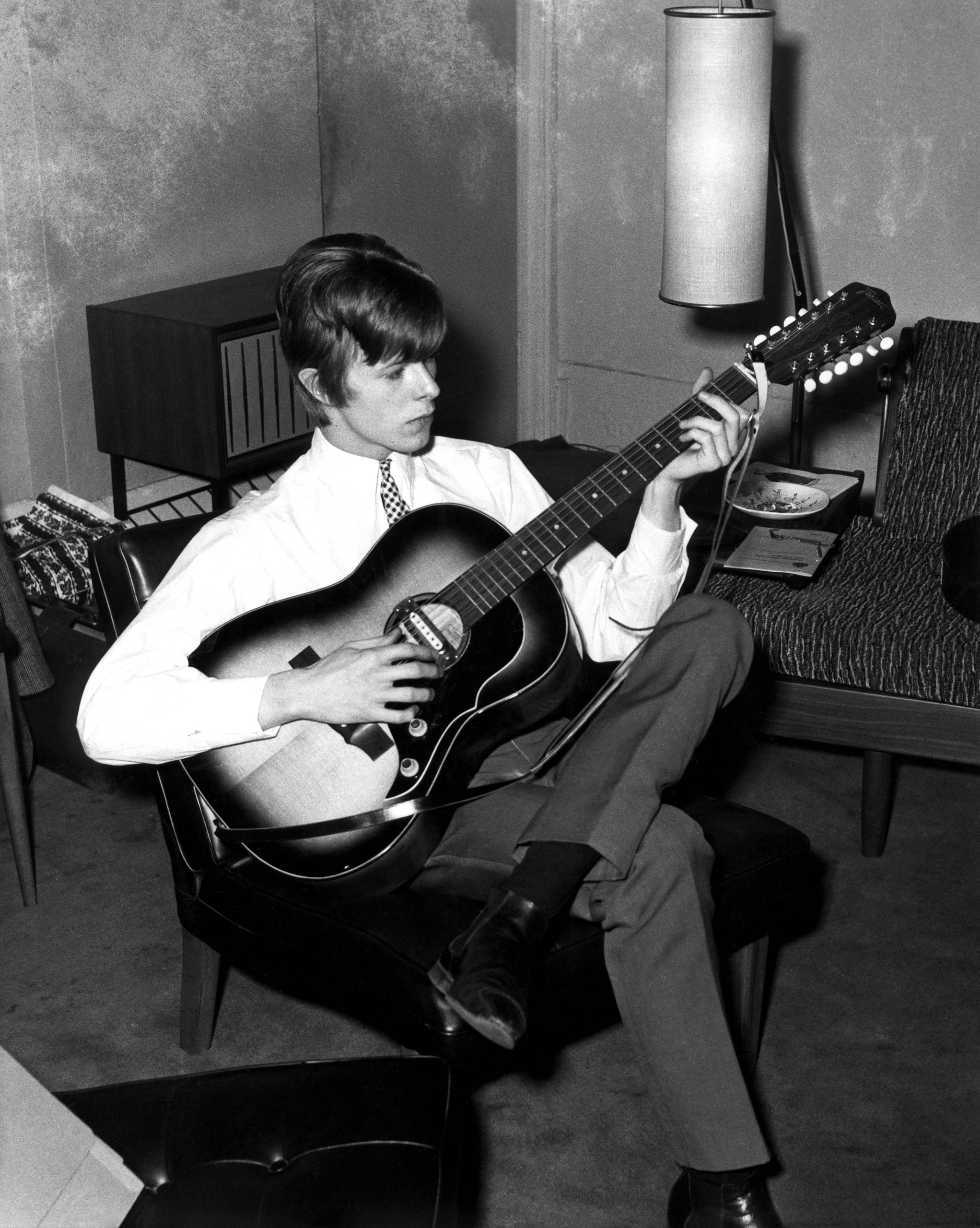
The death on Sunday of rock musician David Bowie at age 69 put an end to a prolific career that spanned almost exactly 50 years to the day. Though he had been performing under his given name, David Jones, for years before then, it was on Jan. 14, 1966—a half-century ago on Thursday—that “I Can’t Help Thinking About Me”/”And I Say to Myself” was released as a single from the newly named David Bowie.
Though the name stuck, the rest of his persona continued to evolve. The mid-1960s Bowie fit right in with the London mod crowd. But, as these pre-Ziggy Stardust photos show, over the next few years his look got less mod and more glam.
By 1972, when Ziggy Stardust was released, Bowie had found his niche. As TIME noted in a story about rock music moving into what the magazine called a rococo period, the then-25-year-old Bowie began his first-ever U.S. tour with a “surprise sellout” in Ohio and followed it up with a smashing success at New York City’s Carnegie Hall. And, though glam rock was officially a trend, Bowie was no longer a follower but a trend-setter:
Bowie looks like an extra directly out of A Clockwork Orange—an effect heightened intentionally at the start of each concert by the use of white, jabbing strobe lights and the playing of the electronic version of Beethoven’s Ninth Symphony from the sound track of the Stanley Kubrick film. If Kubrick posed the threat of futuristic shock, so does Bowie. His recent RCA album, The Rise and Fall of Ziggy Stardust and the Spiders from Mars, is perhaps the most portentous concept LP since the Beatles’ Sgt. Pepper. It anticipates a cataclysm of worldwide proportions that could be World War III, pollution overkill or an invasion from outer space. Bowie is not very clear on the subject, and it does not really matter, since the cataclysm is in effect a megaton metaphor for the confusion and pessimism Bowie sees in much of the rock world today.
The Ziggy Stardust story ends with the death of its protagonist, and Bowie himself said at the time that, “”I know that one day a big artist is going to get killed on stage, and I keep thinking that it’s bound to be me.” Though that prediction proved incorrect, he did continue to make music until the very end: his last album, Blackstar, was released just days ago.
Read the full story from 1972, here in the TIME Vault: Vaudeville Rock
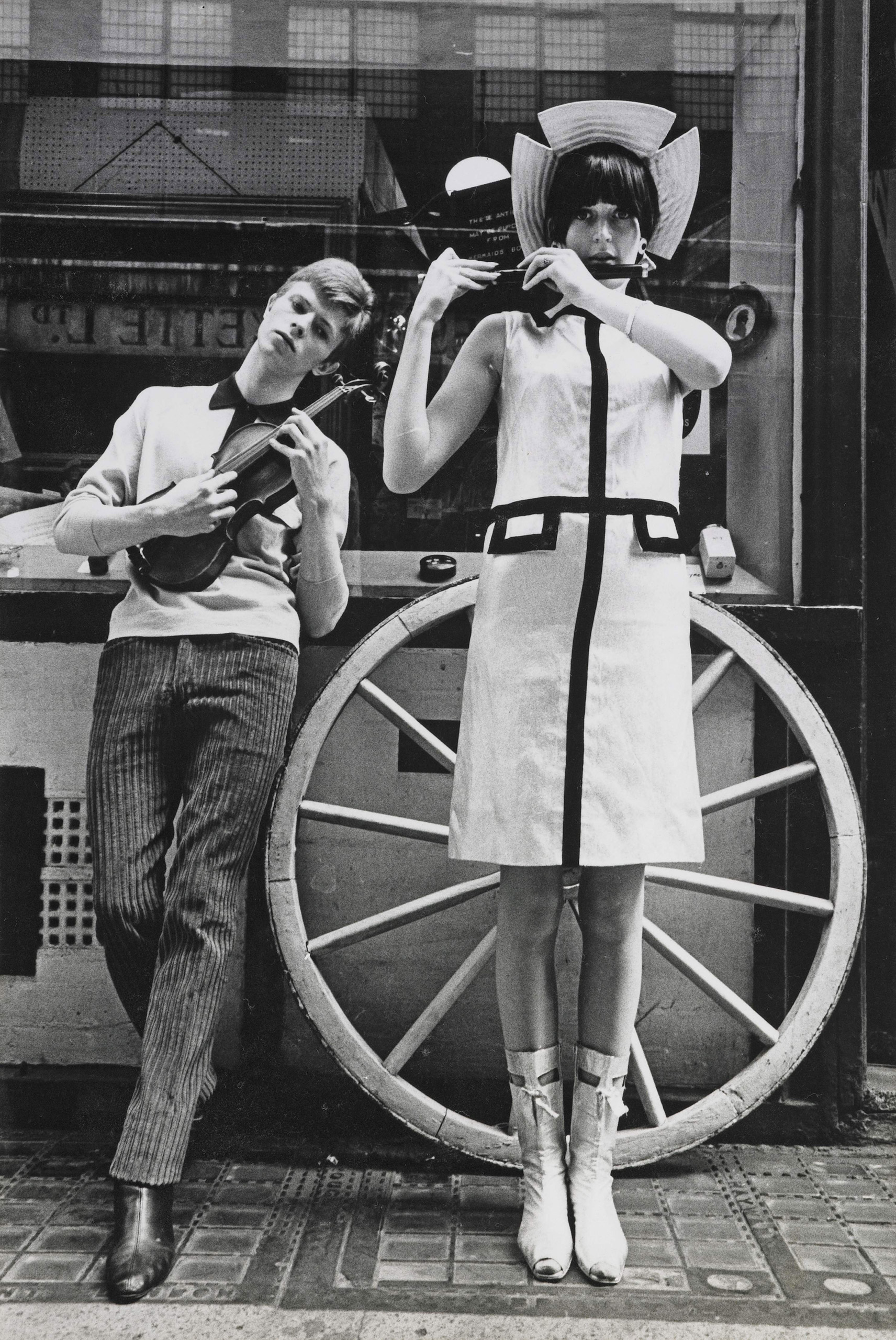
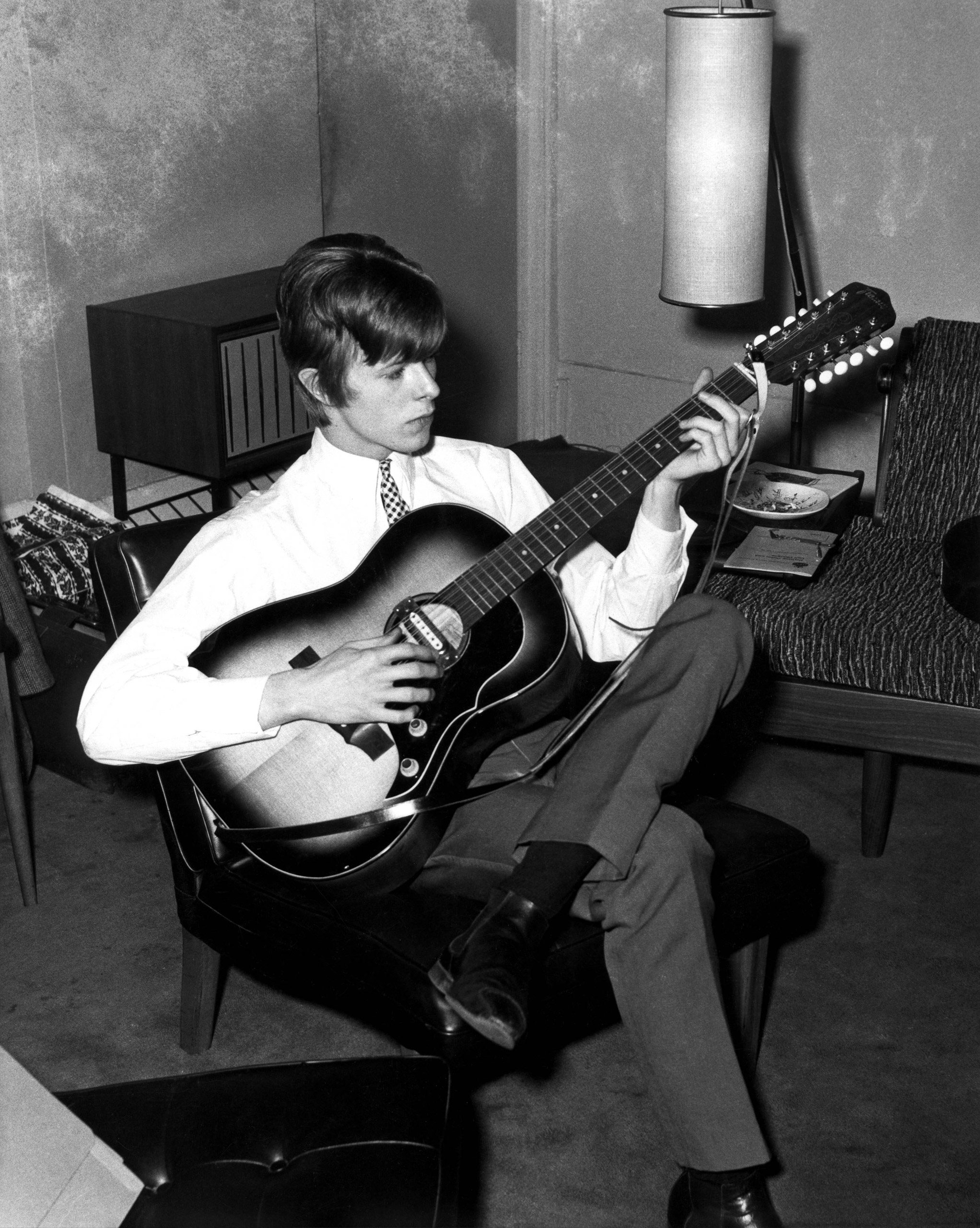
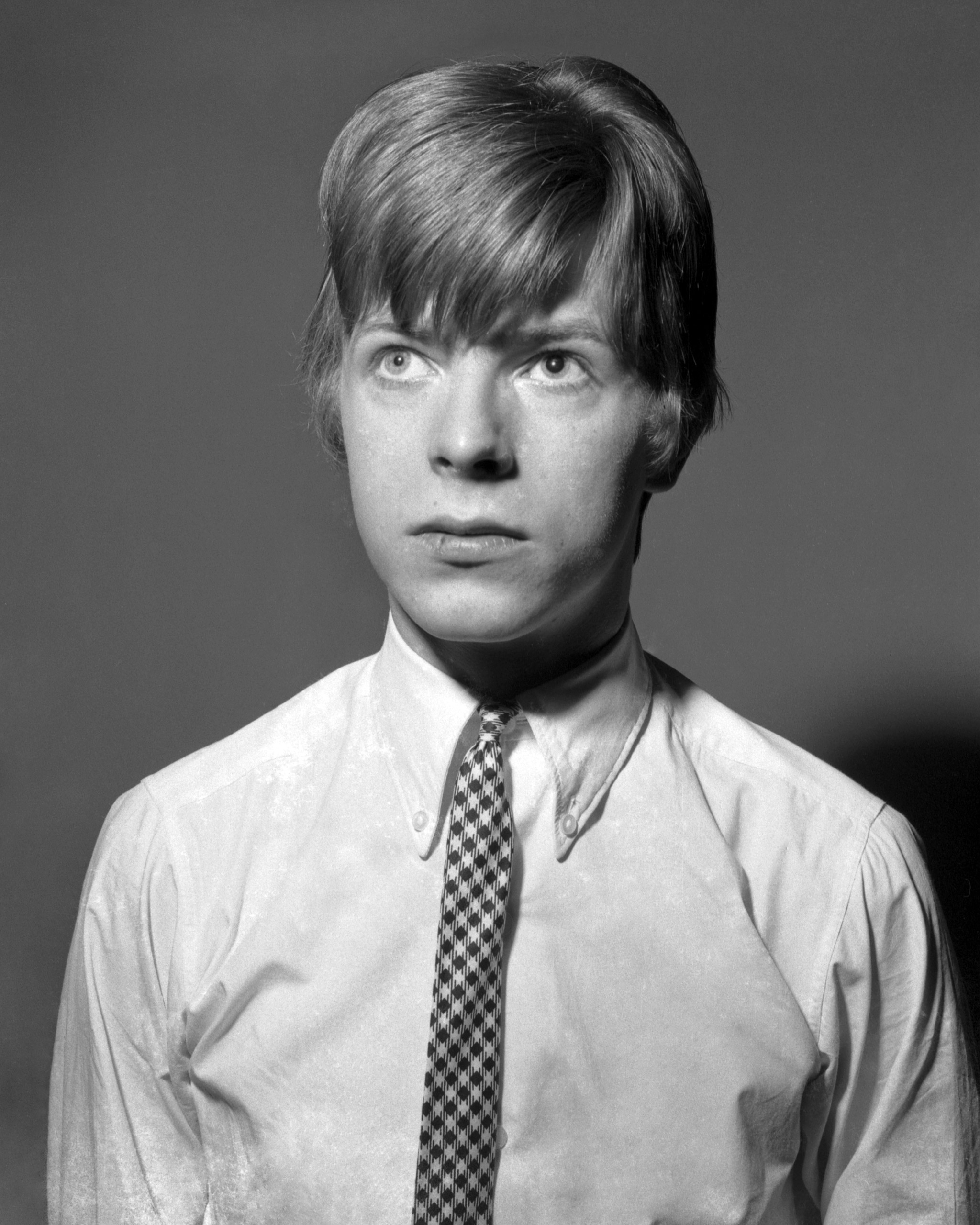

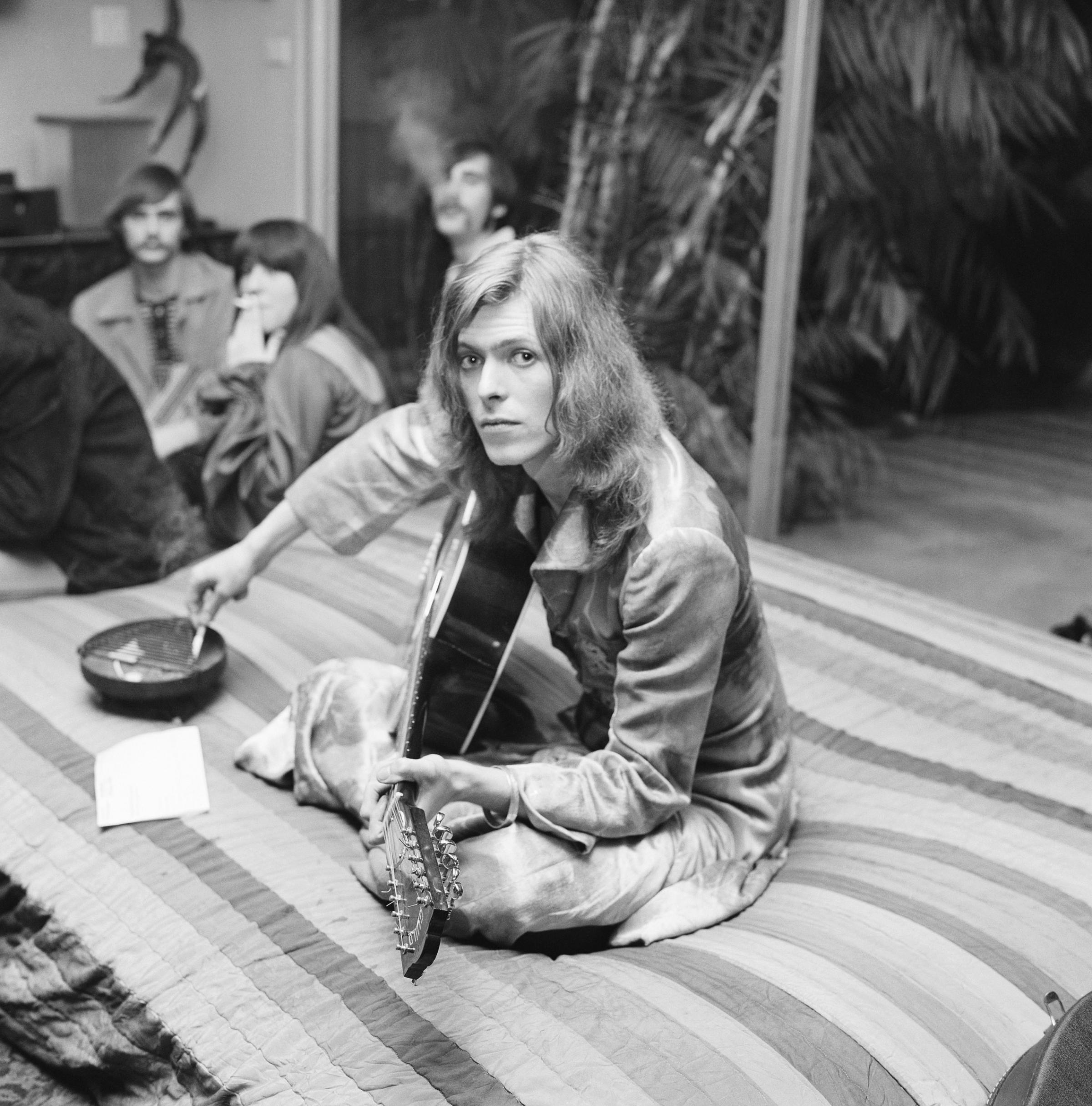

More Must-Reads from TIME
- Cybersecurity Experts Are Sounding the Alarm on DOGE
- Meet the 2025 Women of the Year
- The Harsh Truth About Disability Inclusion
- Why Do More Young Adults Have Cancer?
- Colman Domingo Leads With Radical Love
- How to Get Better at Doing Things Alone
- Michelle Zauner Stares Down the Darkness
Write to Lily Rothman at lily.rothman@time.com